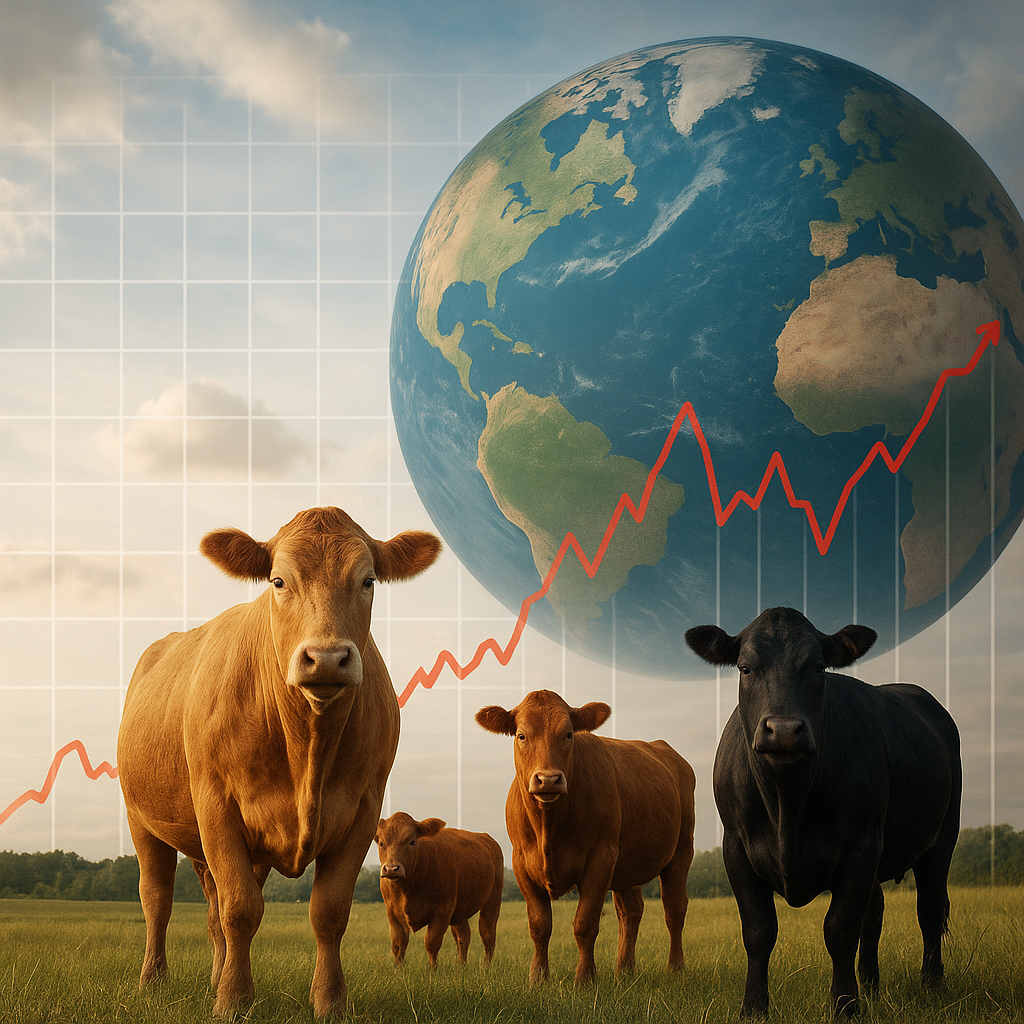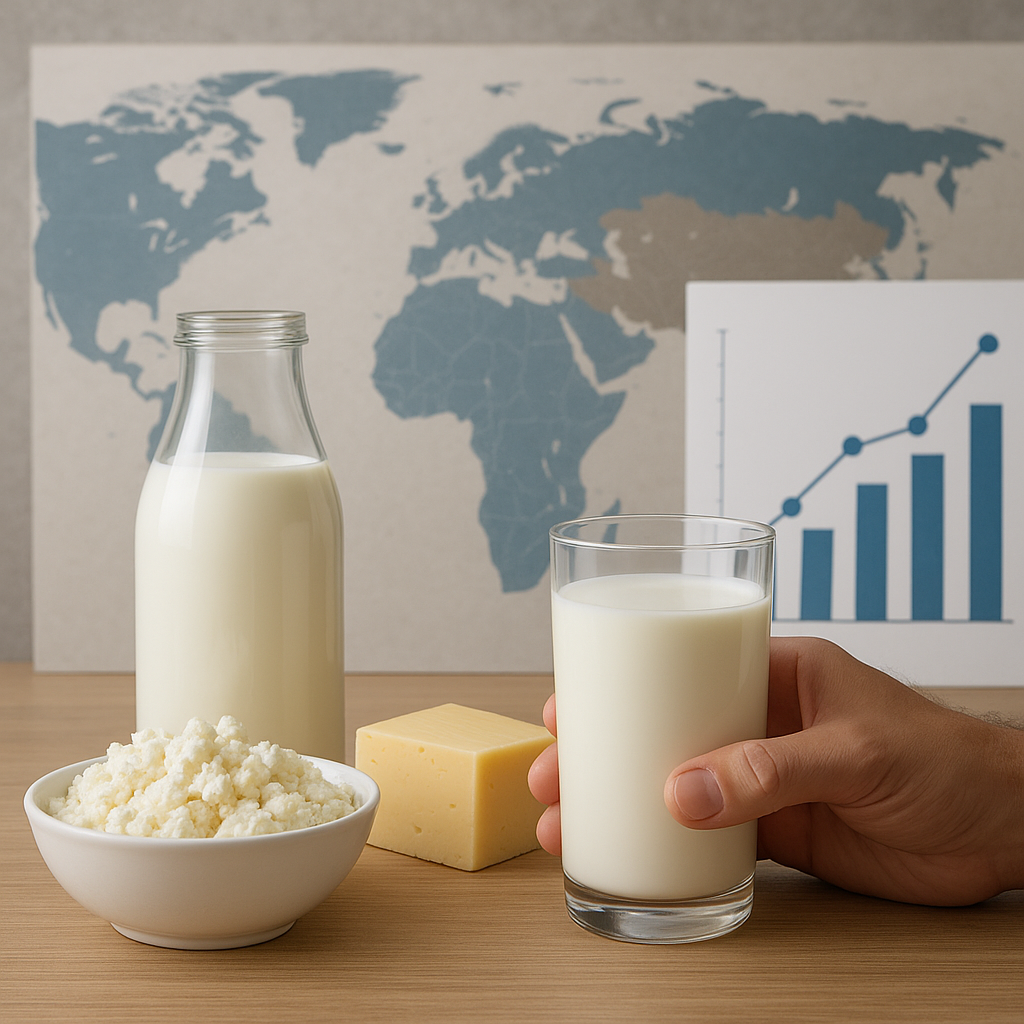The dynamics of the global agriculture marketplace are deeply intertwined with evolving price trends and shifting global meat demand. As populations rise and incomes grow, the pressures on producers, processors, and policymakers intensify. Understanding the interplay between input costs, consumer preferences, and environmental considerations is crucial for designing resilient systems that can adapt to uncertainties. This analysis explores critical factors shaping the current landscape, examines regional disparities, and highlights emerging pathways for sustainable growth.
Market Dynamics and Price Volatility
In recent years, market volatility in the livestock sector has been driven by a series of shocks and structural changes. Feed costs represent a major share of production expenses, with corn and soybean prices responding to weather events, geopolitical tensions, and currency fluctuations. When droughts or floods strike key grain-producing regions, local scarcity pushes global feed prices upward, squeezing margins for meat producers. Concurrently, outbreaks of animal diseases like African swine fever or avian influenza can decimate herds and flocks, triggering sudden supply shortfalls and price spikes.
Beyond biological risks, macroeconomic forces play an outsized role. Inflationary pressures in major economies can erode consumer purchasing power, while currency depreciations make imports more expensive for net-importing countries. Governments may intervene through export restrictions or import tariffs to protect domestic markets, adding complexity to international trade flows. The confluence of these factors underscores the need for robust risk management strategies and diversified sourcing approaches. Key components of this response include:
- Strategic grain reserves to cushion feed shortages
- Enhanced biosecurity protocols to contain disease outbreaks
- Financial instruments such as futures contracts and insurance
- Public-private partnerships to improve market transparency
Producers who deploy advanced forecasting tools and develop flexible production systems are better positioned to navigate fluctuations. Investments in data analytics, weather modeling, and genetic resilience all contribute to more stable performance under uncertain conditions.
Drivers of Global Meat Demand
Rapid urbanization, rising incomes, and demographic growth are fueling a sustained upswing in meat consumption across many regions. As rural populations migrate to cities, diets typically shift toward higher protein intake, amplifying demand for beef, pork, poultry, and aquaculture products. In emerging economies, middle-class expansion translates into greater willingness to pay for quality, safety, and convenience, reshaping supply chains and retail formats.
Several interrelated factors underpin this trend:
- Population growth: Additional billions of people by mid-century will translate into billions more meals to be produced.
- Income elasticity: In many low- and middle-income nations, a 1% rise in per capita GDP leads to more than a 1% increase in meat consumption.
- Cultural preferences: Dietary patterns vary by region; pork dominates in East Asia, while beef holds premium status in parts of Latin America and North America.
- Consumer behavior: Health consciousness and sustainability concerns are driving interest in animal welfare certifications, organic labels, and alternative proteins.
- Technological adoption: E-commerce platforms and cold-chain logistics enable wider market access for smallholder producers.
Despite robust growth projections, demand patterns are diverging. Developed markets show signs of saturation, with per capita meat consumption plateauing or even declining in response to environmental and health narratives. Meanwhile, developing regions continue to record double-digit growth rates, presenting lucrative but challenging opportunities for suppliers aiming to meet evolving quality standards.
Regional Production and Trade Flows
Geographic specialization shapes the global distribution of meat production. The United States, Brazil, the European Union, China, and India rank among the top producers, each with distinct competitive advantages. The U.S. benefits from large-scale, integrated operations and advanced technologies, while Brazil leverages vast pasturelands and favorable climate. The EU emphasizes stringent regulatory frameworks covering animal welfare and food safety. China remains the world’s largest importer of pork, supplementing domestic output after disease-induced herd reductions.
Major Exporters and Importers
- Brazil: Leading exporter of beef and poultry, supplying markets in China, the Middle East, and Europe.
- United States: Strong in beef, pork, and poultry exports, with key destinations including Mexico, Japan, and South Korea.
- European Union: Exports high-value cuts and specialty products to neighboring markets and premium segments globally.
- Australia and New Zealand: Niche exporters of grass-fed beef and lamb, capitalizing on free-trade agreements in Asia-Pacific.
Import demand is concentrated in populous nations with consumption growth outpacing production capacity. East Asia, the Middle East, and parts of Africa rely on imports to satisfy domestic deficits. Trade agreements, sanitary certifications, and logistical infrastructure heavily influence these flows. For instance, sanitary barriers can delay shipments and raise costs, while improved cold-chain networks reduce spoilage and extend market reach. Achieving smoother supply chain integration remains a priority for stakeholders seeking both efficiency gains and resilience against disruptions.
Sustainability, Innovation, and Future Outlook
As pressures mount to reduce greenhouse gas emissions and conserve natural resources, the livestock sector is under scrutiny for its environmental footprint. Livestock production accounts for a significant share of methane and nitrous oxide emissions, land clearing, and water consumption. Addressing these challenges requires coordinated action across the value chain, from farm-level practices to processing and retail.
Key strategies include:
- Adoption of methane-reducing feed additives and breeding for low-emission genetics
- Implementation of integrated crop-livestock systems to enhance nutrient cycling
- Precision livestock farming leveraging sensors and IoT to optimize resource use
- Strengthening manure management with biogas digesters and nutrient recovery
- Certification schemes to incentivize sustainability improvements and foster consumer trust
Innovation is also reshaping the future of protein. Innovation in plant-based analogues, cultured meat, and insect protein offers alternative pathways to meet nutritional needs with lower environmental costs. While these technologies are at different stages of commercialization, rapid advancements in cell culture techniques, cost-effective bioreactors, and regulatory acceptance suggest a growing role for novel proteins alongside conventional meat.
In conclusion, the intersection of economic, social, and environmental drivers will determine the trajectory of livestock markets. Collaborative efforts among producers, researchers, industry groups, and policymakers are essential to balance efficiency, equity, and ecological integrity. Only through holistic solutions can the sector sustainably satisfy rising livestock demands while safeguarding the planet for future generations.



